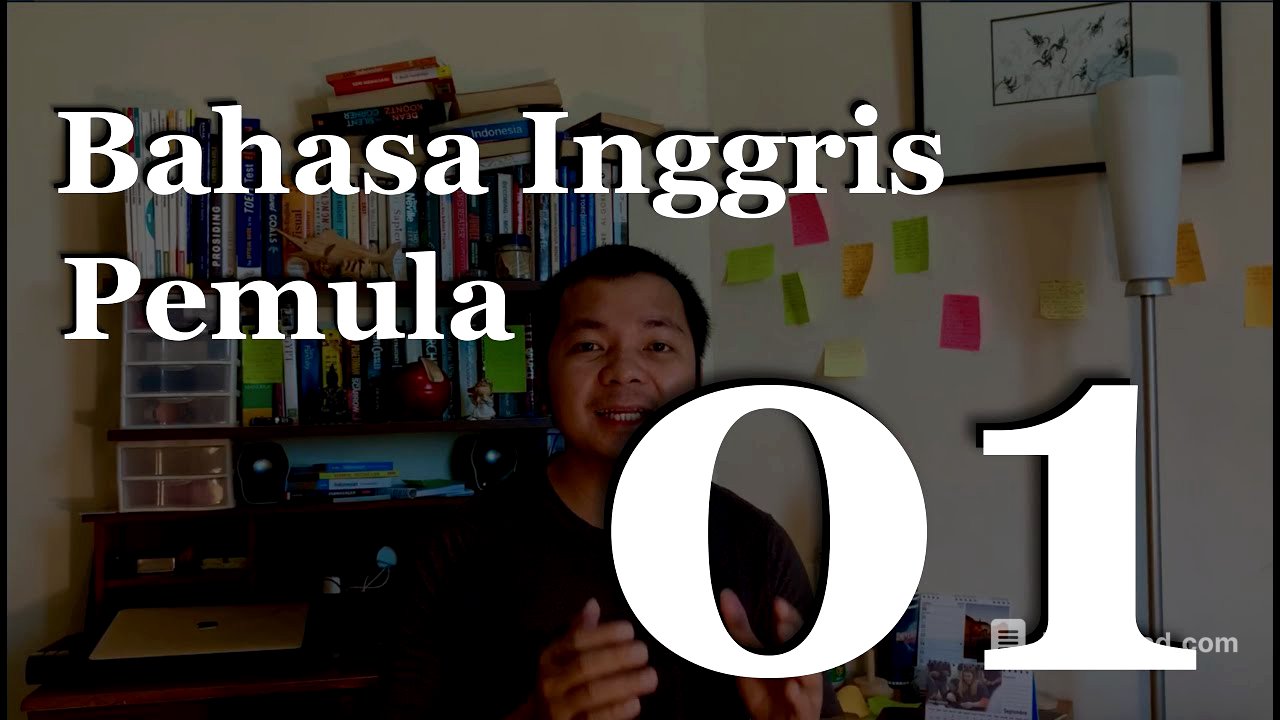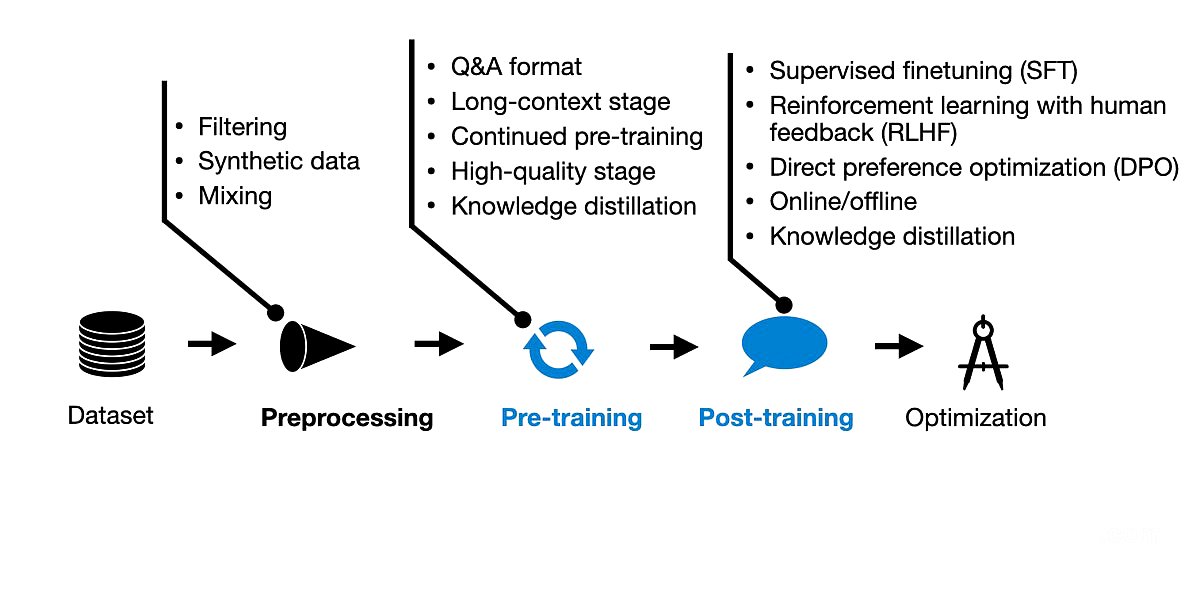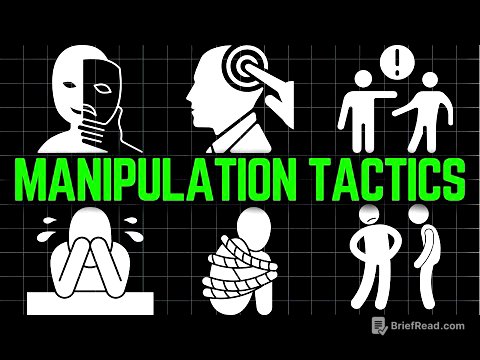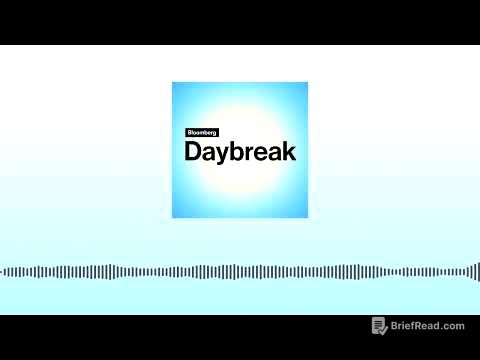Brief Summary
This English lesson for beginners focuses on basic introductions and the use of the verb "to be" (is, am, are). It starts with listening to and repeating simple conversations, then explains the grammar behind the sentences, particularly the necessity of verbs in English. The lesson also covers abbreviations like "What's" and "I'm," and provides practice exercises to reinforce learning.
- Introduces basic English conversation for beginners.
- Explains the use of "to be" (is, am, are) as auxiliary verbs.
- Provides listening and speaking practice with fill-in-the-blank exercises.
Introduction
The video introduces an English class for beginners, emphasizing the importance of subscribing to receive notifications for upcoming lessons. The class starts with a short conversation to help learners get familiar with basic English.
Basic Conversation: Introductions
The lesson begins with a simple conversation: "Hello, my name is Falah. What's your name? Where are you from?" and "I'm from Chicago." This section introduces basic introductions and place of origin. The conversation is then broken down to explain the abbreviations used, such as "What's" for "What is" and "I'm" for "I am."
Understanding "To Be" Verbs
This part explains the concept of "to be" verbs (is, am, are) in English, which are auxiliary verbs necessary for constructing sentences. It highlights that every English sentence must have a verb. For example, the incorrect phrase "I from Chicago" is corrected to "I am from Chicago" by adding the auxiliary verb "am." The lesson clarifies that "am" is specifically used with "I."
Using "Is" and "Am"
The lesson distinguishes between the uses of "is" and "am." "Is" is used before a noun, such as in the phrase "name is," while "am" is specifically paired with "I." The instructor emphasizes that "I am" is always the correct form.
Fill-in-the-Blanks Exercise
An audio conversation is played, and viewers are instructed to fill in the blanks with the correct words. The conversation includes phrases like "My name is Gordon," "What's your name?" and "Where are you from?" The answers are provided in a box, and the exercise reinforces listening comprehension and correct usage of introductory phrases. The conversation includes place of origin such as South Korea and Toronto, Canada.
Understanding "Are"
The lesson introduces "are" as another form of the verb "to be," explaining that it is used with "you." The lesson summarizes the uses of "is," "am," and "are": "is" is used for nouns and subjects like "he" or "she," "am" is used with "I," and "are" is used with "you."
Speaking Practice and Exercises
Viewers are encouraged to practice speaking at home using the phrases learned in the lesson, such as "Hello, my name is [name]," "What's your name?" and "I'm from [place]." The instructor mentions that there are online exercises available via a link below the video to further reinforce the lesson.



![[자막뉴스] "수능 끝나고 사촌오빠가 저를.."강간범 몰린 남성의 '알리바이' (2023.12.31/MBC뉴스)](https://wm-img.halpindev.com/p-briefread_c-10_b-10/urlb/aHR0cDovL2ltZy55b3V0dWJlLmNvbS92aS9MekxRNm1jOHZVby9ocWRlZmF1bHQuanBn.jpg)





